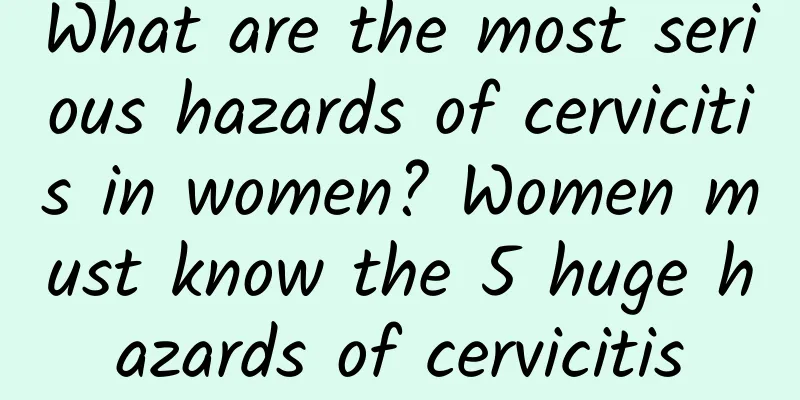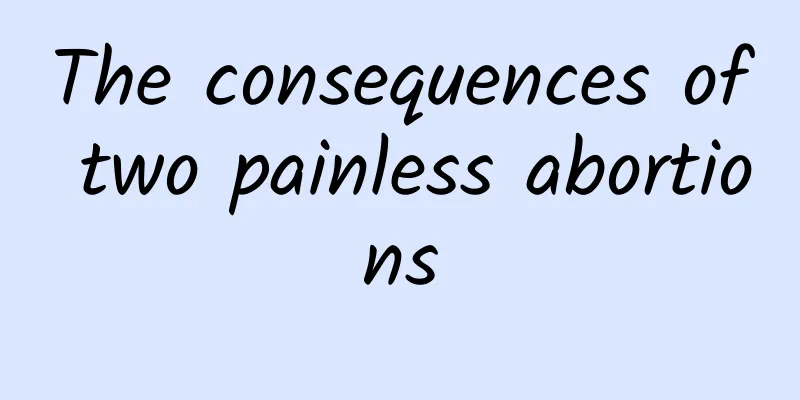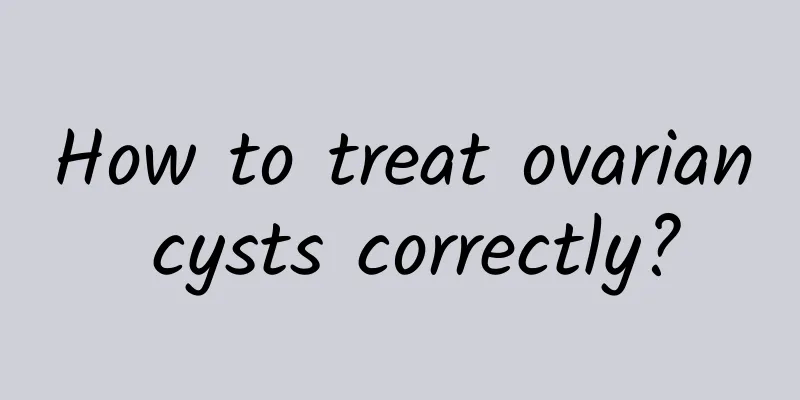Waistline enlargement may be a sign of uterine fibroids. How can middle-aged women self-check uterine fibroids?

|
Is an increased waistline a sign of uterine fibroids? How can middle-aged women self-check for uterine fibroids? 1. Uterine fibroids are a common disease in women. In most cases, the probability of cancer is very small, but for rapidly growing uterine fibroids, the probability of cancer is as high as 27%. If a woman has abnormal menstruation and a sudden increase in waist circumference, she needs to be alert to the possibility of uterine fibroids. 2. Uterine fibroids mostly occur in women of childbearing age, and in recent years, there is a trend of younger people. Early uterine fibroids may not be palpable, but may cause changes such as abnormal menstruation and increased waist circumference. If you have the following symptoms, be alert to uterine fibroids. Don't get fat in middle age and get uterine fibroids 1. Abdominal lumps. After uterine fibroids form and slowly grow larger, you can often feel a pear in your abdomen, especially in the morning, you can lie on the bed and bend your knees to do a self-examination. 2. Waist circumference thickening. Waist circumference thickening is one of the common physiological phenomena in women. It may appear with age, but if the waist circumference thickens in a short period of time, you need to be alert to the rapid growth of abdominal mass. Waist circumference thickening is accompanied by lower abdominal swelling. 3. Abnormal menstruation. The growth of uterine fibroids will change the shape and volume of the uterine cavity, the muscles cannot work properly, and the fibroids will compress the veins, leading to abnormal menstruation, often manifested as heavy menstrual flow and long menstrual cycles. Long-term prolonged menstruation and increased menstrual flow can easily cause anemia, leading to fatigue, dizziness, palpitations and other discomforts. 4. Difficulty urinating. When the fibroids grow in a special position or are too large, they may compress the bladder and ureters, causing difficulty urinating, frequent urination, urgency and back pain. 5. Infertility. As uterine fibroids grow, they put more pressure on nearby tissues. If they compress the fallopian tubes or cause blockage, it may lead to female infertility. |
<<: Can mild uterine prolapse be cured?
>>: What are the symptoms of cervical erosion
Recommend
How does Traditional Chinese Medicine explain the causes of threatened abortion?
When a pregnant woman has threatened miscarriage,...
How often should I check for threatened miscarriage?
In clinical practice, threatened abortion is char...
Beware! Women with frequent back pain should beware of pelvic inflammatory disease
Pelvic inflammatory disease is a common gynecolog...
What medicine should I take for adnexitis?
Adnexitis can usually be treated with medicines s...
What should I do if cervical erosion cannot be cured for a long time?
What should I do if cervical erosion cannot be cu...
The brain's prospective memory is to blame for diet failure
Delicious food is the most difficult temptation t...
Why does my period come back half a month after it ended? Endocrine disorder
The coming of menstruation half a month after the...
How to treat leukoplakia and hypertrophy of chronic cervicitis in women? Four major treatment methods for chronic cervicitis in women
Chronic cervicitis is a common gynecological dise...
What does it mean to check the cleanliness of leucorrhea at three degrees? It indicates gynecological inflammation
The third degree of cleanliness of leucorrhea ind...
Is painless abortion harmful to the body?
Painless abortion may cause some harm to the body...
At what age do women enter menopause?
With the development of the times, the menopause ...
Beware of 3 symptoms of threatened miscarriage and remember 4 dietary taboos for pregnant women
Vaginal bleeding is the most typical symptom of t...
Do you know what are the treatments for ectopic pregnancy?
Ectopic pregnancy is now the most harmful gynecol...
What are multiple ovarian cysts and what are their symptoms
What are multiple ovarian cysts? What are the sym...
Talk to the experts about the symptoms of ectopic pregnancy
Ectopic pregnancy is a common disease among women...









